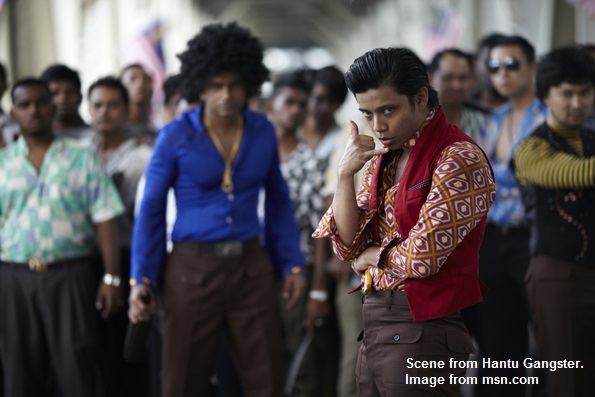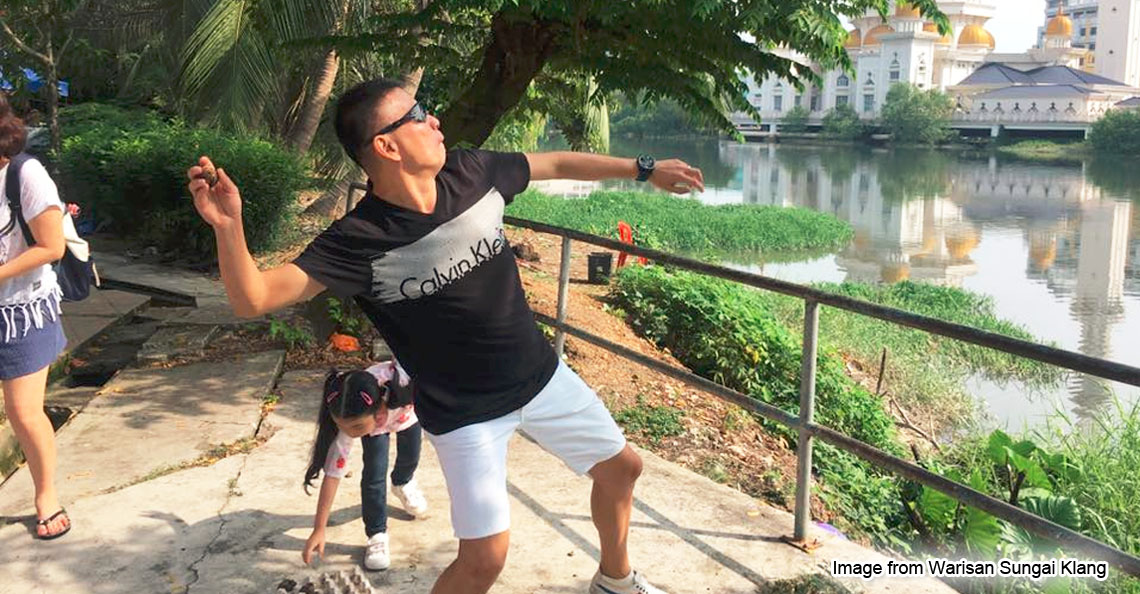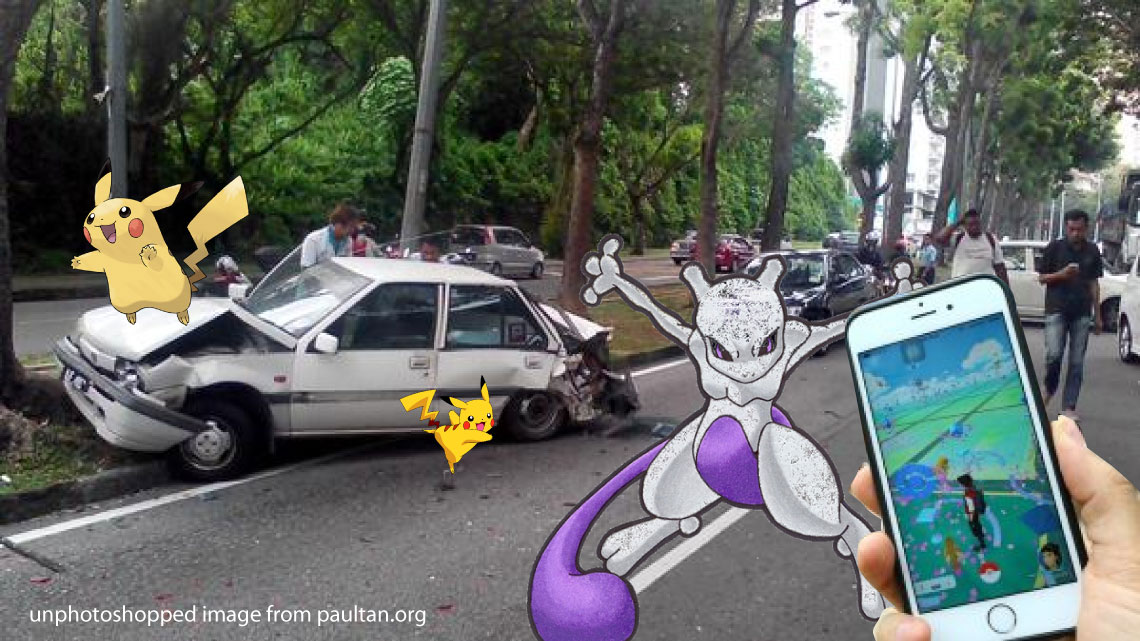For 7 years, the govt tried turning Klang River into… a tourist spot. How much did they spend?
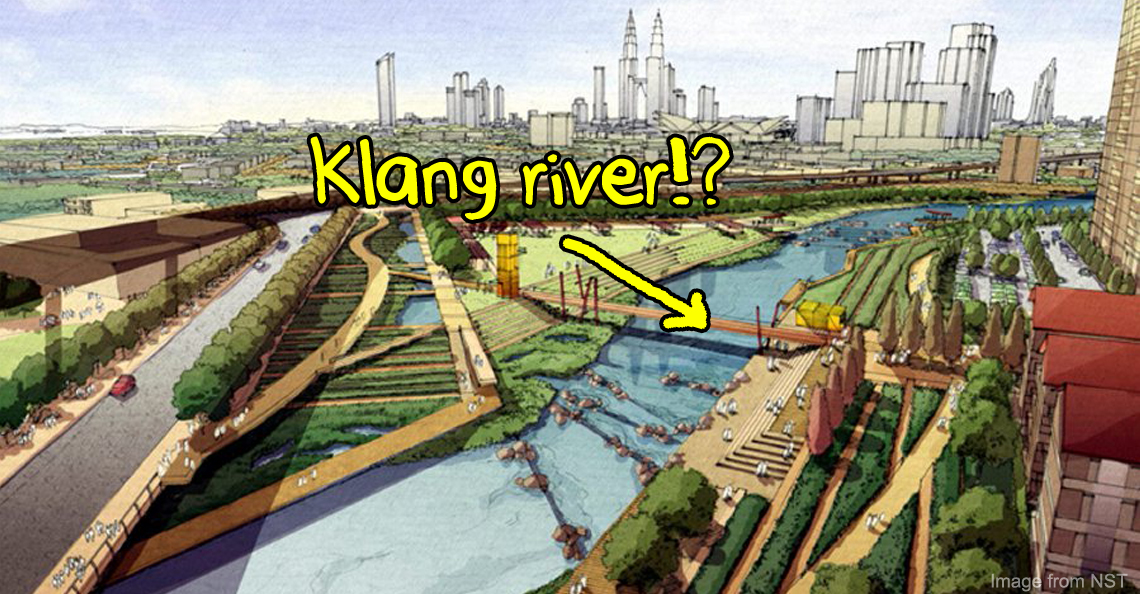
- 2.2KShares
- Facebook2.1K
- Twitter13
- LinkedIn8
- Email14
- WhatsApp48
This article was published in June 2019 but we’re bringing this up in light of the recent allegations about the Prangin Canal in Penang.
The Klang River is one of the most colourful rivers in the world. Sometimes it’s green, sometimes it’s orange, most times it’s brown, and once in a while…. it can actually be blue.
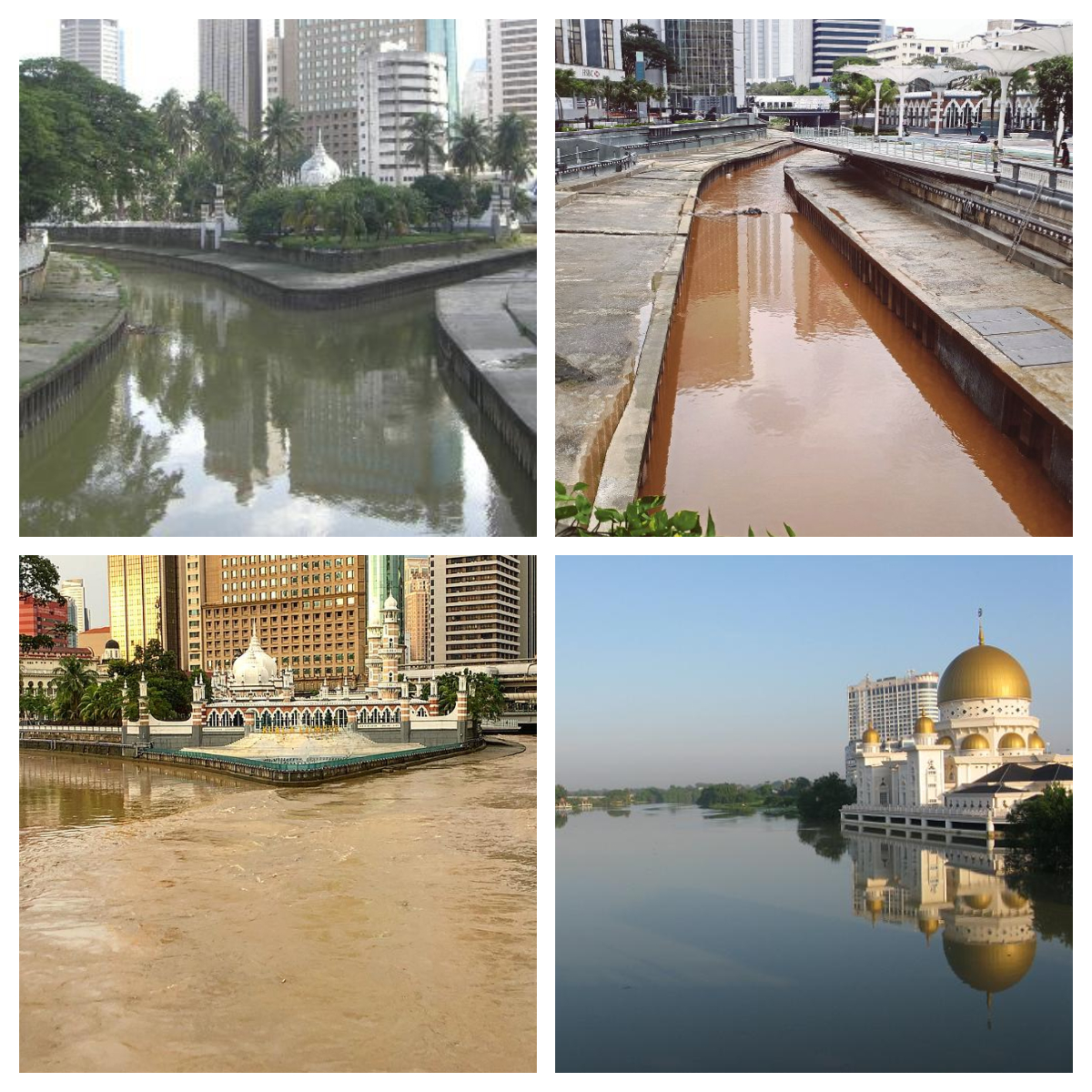
But in 2012, the government decided that it was time to clear up this river that flows through our entire capital, and possibly even make it into… a TOURIST DESTINATION!? This was called the “River of Life” project. It involved RM4.4bil, several govt agencies, developers and project consultants which have been working together with the govt who leads this project.
The Kuala Lumpur Drainage and Irrigation Department (DID, remember this acronym for later) leads about 8 govt agencies and local councils which are responsible to clean the rivers while a developer company, Ekovest Sdn Bhd, is responsible to turn the Klang and Gombak rivers into a river esplanade.
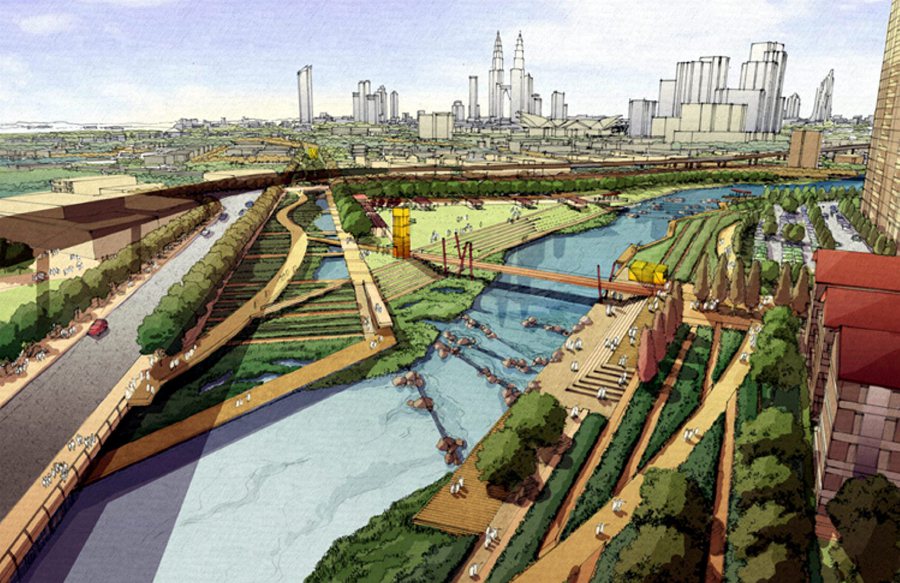
You can probably guess how it turned out, but first, let’s take a look at what the govt actually have in mind when it first started RoL.
The Klang and Gombak rivers will be turned into a waterfront and look like… VENICE!?
A part of the River of Life project was to introduce the services of gondolas or water taxis at the Klang river for tourism purposes. In addition, there are also plans for the Gombak river to be used for people to take a leisurely cruise on boats, disembark along the way to enjoy cafes and restaurants on scheduled stops and enjoy local culture. This was probably why some newspapers quoted the project as a Venetian dream.
However, according to Ekovest’s managing director, Tan Sri Lim Keng Cheng, the project was actually modeled based on the San Antonio River Walk in Texas, US… and not Venice.
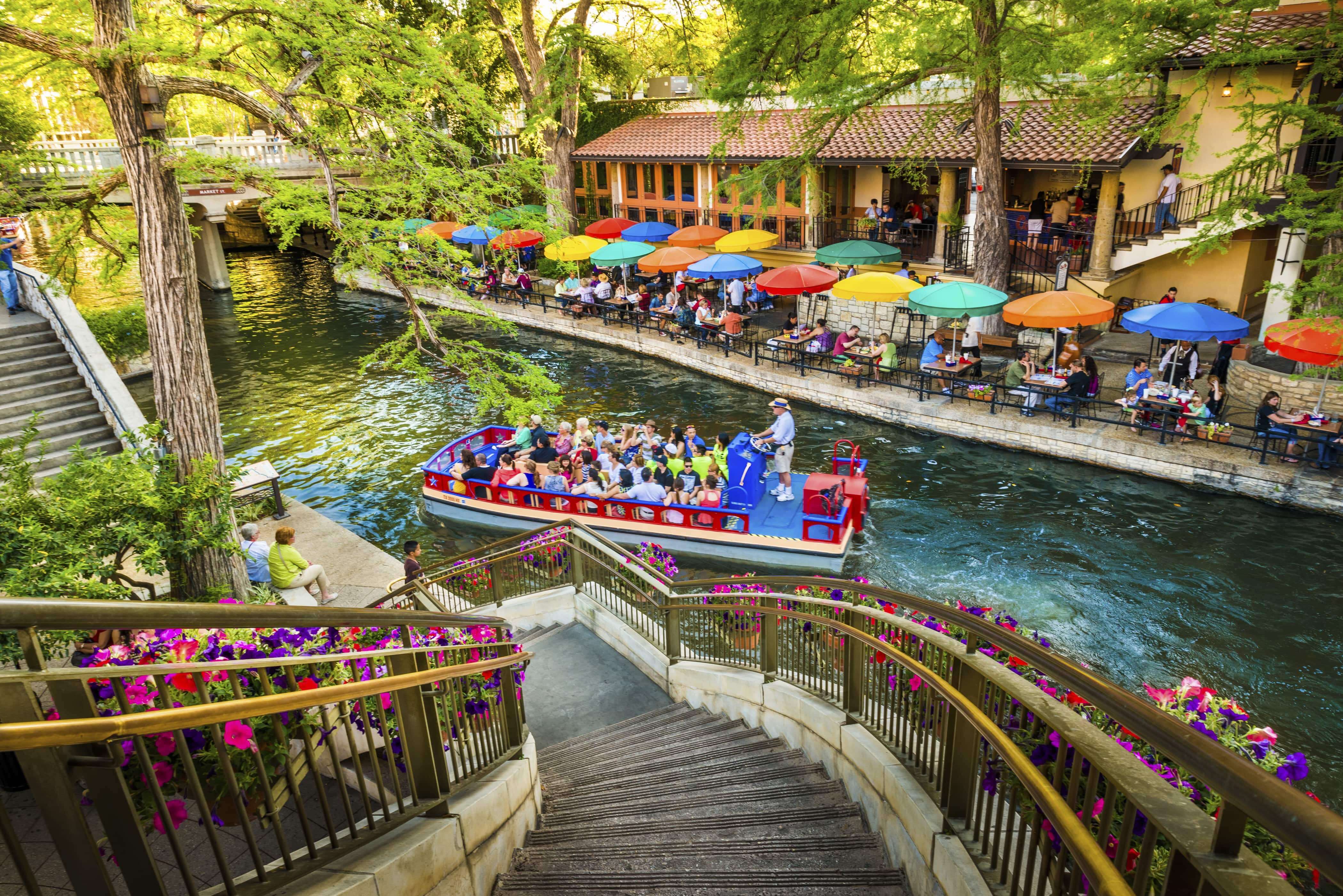
In order to make the river look something like the Texas riverfront, the Klang river might need some clean up. That infamous teh tarik colour? Well, that’s because of Fecal coliform. If you think you know what that is… you’re probably right.
YES ITS POOPOO! YOU ARE A WINNER!
Because of high levels of fecal coliform, the Gombak and Klang rivers were deemed not suitable for body contact (aka cannot mandi or drink). Where’s the poopoo come from? Well, old kampungs pretty much discharge their poopoo wastes into the rivers. This is why the government came up with a multi-action point RM4.4 billion plan to clean up the Klang river. These include…
- identifying the source of pollution
- upgrading the sewerage system
- relocating kampungs located near the river like Kampung Puah Seberang
- installing additional gross pollutant traps
- utilising retention ponds
- conducting studies on rehabilitation of the river for flow control
- promoting, enforcing and managing river cleanliness and health
In fact, the project aims to transform and clean the rivers so that they’re safe enough for body contact and recreational activities by 2020. And it has to be done by 2020 because the riverfront would be commercialised by 2020 onward.
“We never oversold the concept to the extent that river water should be clean enough to be drinkable. As long as it is safe to be touched, it would be fine.” – Lim told The Star.
So… 2020 is like… next year right? How’re they doing?
The govt might’ve underestimated how hard it is to clean the river
As some of ugaiz might’ve expected, the project didn’t turn out well la. But to understand what went wrong with the project, lets take a look at how much progress the govt has made on the River of Life.
At the time of writing, the govt reports claimed to have cleaned 81% of the Klang and Gombak rivers, along with six other tributaries (about 110km altogether). And the project itself is 67% completed as of 2017.
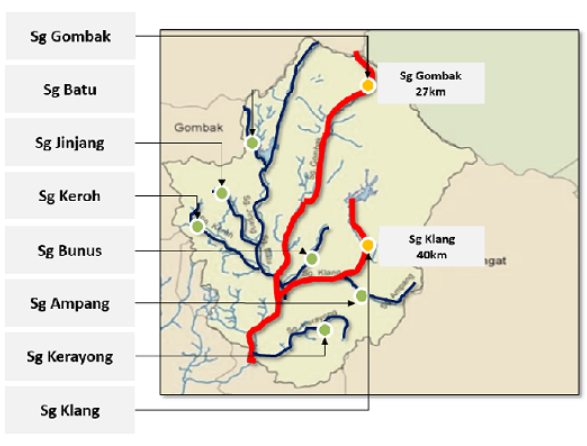
But even with the ongoing efforts, the rivers may still seem a bit dirty. As it turns out, the govt agencies might’ve seem to forget another source of pollution that is probably coming from the source of Gombak river itself. River-cleaning volunteer, Samantha Edwards, actually mentioned that there is no point for the govt agencies to clean up the middle of the river when pollution comes from upstream. And she may be right.
“Rampant development and land clearing are polluting the network of river systems. Since it is happening at the source of the river, sediment runoff is bound to happen, which is why continuous enforcement is important.” – Dr K. Kalithasan of Global Environmental Centre’s (GEC) river care programme to The Star.
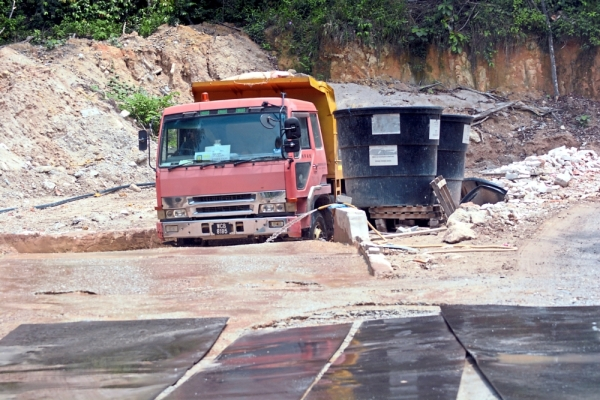
However, Kalithasan added that since most developers and contractors may only put the blame on their sub-contractors, this problem may not seem to have an ending. He said that the most important thing is to hold these developers and contractors responsible of the ways they dispose soil and sand.
Besides that, Samantha pointed out that there seems to be a disconnect between the agencies involved in cleaning up the rivers. Apparently, each agencies have their own, separate responsibility under this project. Not only do these agencies work in silos, it was reported that they would only clean the rivers when they appear superdirty and nobody is keeping track of what they do.
This is also probably how the contractors messed up the beautification works at the Klang river. They were supposed to build two dams, one at Daya Bumi and another at Brickfields, that would impede the flow of river during floods and raise the water level for boating activities (yea, the gondolas and river taxis). But those dams weren’t functional after they were completed.
In fact, the govt might’ve been a bit too ambitious when they plan to transform the state of the rivers from hazardous to boleh mandi.
“When they launched the project in 2012, they set a Class IIB (safe for body contact) target by 2020. It was a pretty high benchmark to begin with.” – Water quality specialist, Dr Mohd Zaki told The Star.
And that’s probably why the govt has reportedly lowered the target to Class II, which means the rivers can be used for boating activities but if you accidentally fall into the river then you’re pretty much screwed.
Aiyo, does this means the River of Life won’t be completed by 2020??
Sigh. But Singapore managed to do it in 10 years. In the 70s -_-“
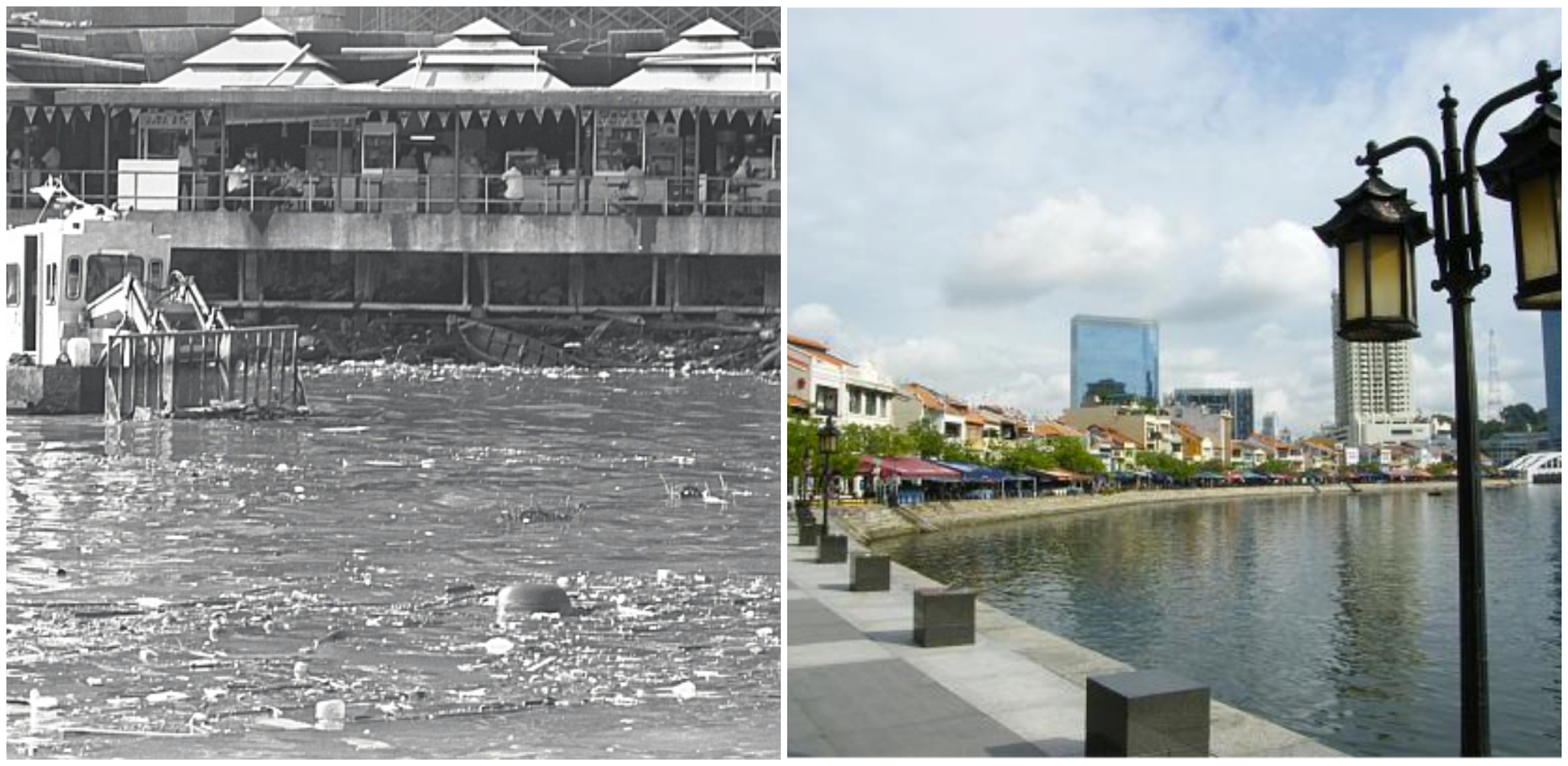
Back in 1970, our kiasu cousins in Singapore found out that their rivers were heavily polluted, particularly the Singapore river because its banks were known to be the main point of global and regional trade. So, you can imagine how dirty the river was la. And because of that, Singapore’s then Prime Minister, Lee Kuan Yew, had called for a massive clean up of Singapore’s rivers.
A team of govt agencies led by an engineer, Lee Ek Tieng, had worked together in identifying the source of pollution first like squatters and businesses near the rivers before relocating them to a new place. After removing the source of pollution, the govt agencies were able to clean up the rivers effectively.
Sounds similar!?
But unlike the Malaysian govt, which took over 30 years to clean up both the Klang and Gombak rivers, it only took the Singapore govt 10 years and $170 million to clean up both the Singapore river and Kallang basin! In a book called ‘Forging a greener tomorrow : Singapore’s environmental journey from slum to eco-city‘, Lee Kuan Yew said:
“I think that [the Ministry of the Environment] should make it a target in 10 years [to] let us have fishing in the Singapore River and the Kallang River. It can be done. Because in 10 years, the whole area would have been redeveloped, all sewage water will go into the sewage and the runoff must be clean. But if it isn’t done we will go back … if I am still around and in charge in 1986, I will find out where it went wrong and whoever, whichever group of people made it go wrong and failed to, one, either engineer the system[, or] two, re-establish new habits of disposing of sullage water and rubbish.”
Ok ok, we get it. We sound a bit pro-Singapore these past few days. #ihatecilisos
Anyway, as for the River of Life project, all isn’t lost though…the Klang riverfront actually turned out to be pretty cool la. Soooo cool that it was named one of the top 10 waterfront districts in the world by the UK’s news portal, Independent.
“This colourful chunk of the city centre sits on the banks of the Klang River, which is the focus of the River of Life, a regeneration project described as one of the most expensive urban river restoration projects ever undertaken. But, it has paid off… Today, there are riverside cafes, hi-tech fountains, bicycle paths and night time light shows which turn the water into stunning cobalt blue” – Independent.
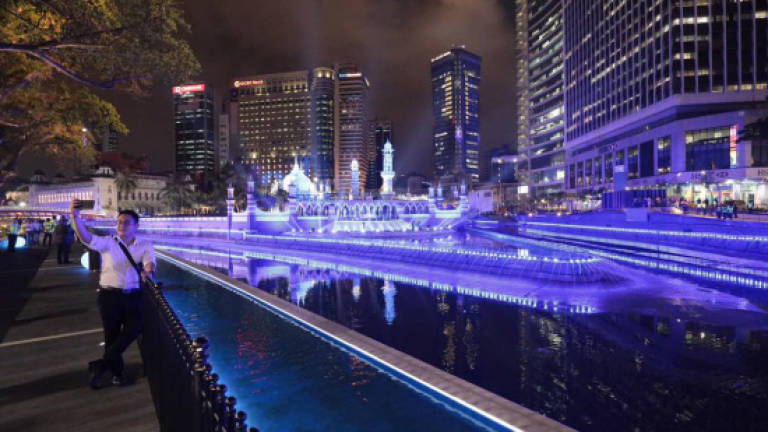
At the time of writing, the govt agencies are still in the process of cleaning up the rivers although some parts of the rivers have been turned into a river esplanade, but with the project winding up soon, it’s probably safe to assume that the goal of making the Klang River a beauty works the same as an RM3.4billion Instagram selfie (like the guy in the pic above).
All you need is good lighting.
- 2.2KShares
- Facebook2.1K
- Twitter13
- LinkedIn8
- Email14
- WhatsApp48


